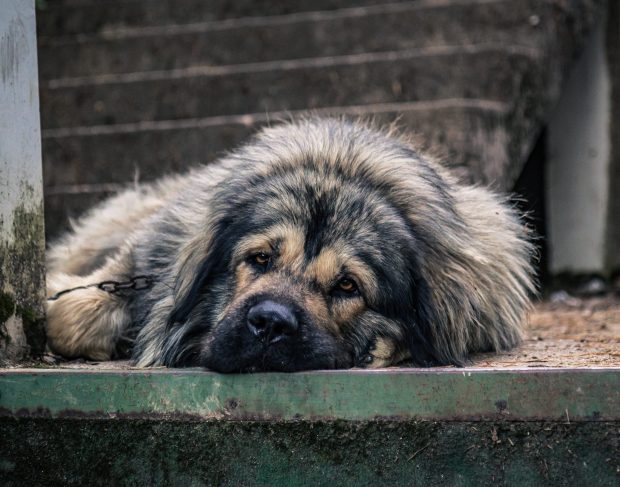
It’s not uncommon for a breed to have been known by several names over the course of its history. It can happen when two regions “share” the same dog as in the case of the Danish-Swedish Farmdog; prior to the two countries agreeing upon the name, the breed was known as the Scanian terrier, Skrabba, Skåneterrier, and råttehund.
It can happen when wartime causes political ill will; Dachshund owners took to calling their dogs “liberty hounds” during WWII, and some countries renamed the German Shepherd Dog to Alsatian around the same time.
It can happen when a breed’s original name is too similar to an existing breed which is why in 1993, the original Miniature Australian Shepherd Club of the USA club was asked by the AKC to change its breed’s name. Today, we know the breed as the Miniature American Shepherd, or MAS (and this, by the way, is an oversimplification of the name history). And until the 1990s, Mantle Great Danes were originally referred to by some as “Boston Great Danes” for their coat pattern similar to Boston Terriers.
It can also happen when the original name is incorrect. In 1878, a committee formed in Berlin changed the name of the “Englische Dogge” to the “Deutsche Dogge” (German mastiff), the breed we know as the Great Dane. It’s still a curious name to keep since the breed is German, not Danish. Presently, the FCI lists the breed by both names.
In a nutshell, there are more breeds which have been known by different names in their history than we have space to cover here, and the examples cited above serve only as an appetizer to the “meat” of this post, the Šarplaninac.
The breed originated in the southeastern Yugoslavian mountain region known as Illyria during the Roman times, and for that reason, it was known as Illyrian Shepherd Dog when it was recognized by the FCI in 1939. One source writes that when the breed was recognized by the FCI, it was with two types: The “Šarplaninac” and the “Karst Shepherd Dog” (Kraški ovčar) pr Type A and Type B, respectively. More on that a little later.
In 1957, the breed name was changed to Yugoslavian Shepherd Dog Šarplaninac when the motion proposing the change was made by the Yugoslavian Federation of Cynology, the name, Šarplaninac, taken from the Shar Planina mountain range where the breed was most frequently found. The change was accepted by FCI.
Many considered these dogs to be a Macedonia-Yugoslav breed since it was bred in Shar Planina, Korab, Bistro Stogavo and the rest of the northwest part of Macedonia, as well as in Kosovo in the southwestern part of Serbia. After the collapse of Yugoslavia, however Serbia and the Republic of Macedonia asked to change the name of the breed to benefit both countries. The Yugoslavian Shepherd Dog Sarplaninac, the national dog of Yugoslavia was changed to Macedonia-Yugoslav Shepherd Dog Šarplaninac, but there were those who knew the breed as the Albanian Shepherd Dog. Today, the FCI lists the breed as the Yugoslavian Shepherd Dog – Sharplanina (Jugoslovenski Ovcarski Passarplaninac), the name by which it has been officially known in the FCI since 1957. It wasn’t until 1968 that Type B was officially recognized by the FCI as a separate breed, the Karst Shepherd Dog.
When the United Kennel Club recognized the breed in 1995, it was as the Šarplaninac (pronounced shar-pla-nee-natz) which, by the way, translates literally to “(Dog) of the Šar Mountains” or “Šar Mountain Dog.”
Readers might enjoy this piece mentioning that the first Šarplaninac that came to the United States was literally carried off a mountain by mule.
Image of a Šarplaninac by kristijan Arso/unsplash
